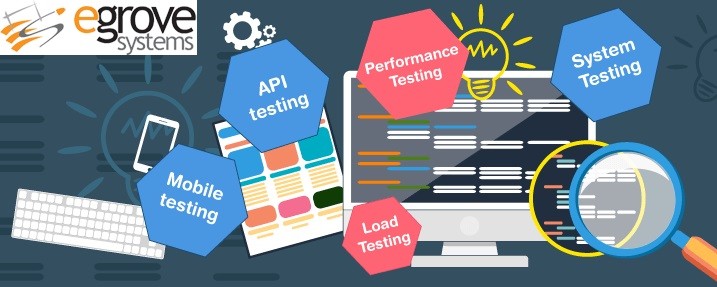How SDLC Helps Business Analyst:
The SDLC is Software Development Life Cycle, meaning the total development lifecycle of a system. It describes the step by step processes that take places in the development of the system. Therefore Every Software Development Life Cycle (SDLC) remains curtailed without a Business Analyst in place. As the name refers, a Business Analyst is a person who analyses the entire phase of software development irrespective of it being a waterfall or agile model of implementation.
Here is an example to understand this better:
” Imagine you going to a restaurant. You are ushered by a waiter, seated and provided the menu. Assume you have few questions to be clarified.
You ask the waiter about the time taken to cook your meal. He says he does not have an exact idea.
You again ask him about the quantity and servings of the meal. He again does not have a clear idea.
You end up giving him a lousy tip, swearing not to come back to this restaurant again. “
Though the waiter is evidently not a part of the kitchen, you as a customer do expect a precise direction from him with regard to the questions you probe. Similarly, in a typical business scenario, you are the customer. The cooking team is equivalent to the software development team here. The waiter is the analyst who acts as a liaison between the development team and the customer.
In other words, the key takeaway being, though a Business Analyst need not delve into the technical nuances of coding, he indeed should be having a clear idea of the intricacies. A Business Analyst stands solely responsible to bridge the gap between the customer and the core software development team.
The Software Development Life Cycle (SDLC) Cycle:
Conventionally, every SDLC cycle includes the phases of:
- Planning the complete development process
- An analysis of the requirement of the project
- Design of the software protocol
- Software development phase
- Testing the entire working of the software
- Implementation of the developed software
However a business analyst heavily contributes towards every stage of this software development lifecycle.
Read also: Software Testing Services for Quality Control in Development Process
Role of a Business Analyst:
A Business Analyst ideally guides the entire software development team along with the end customer towards the ultimate goal of the development cycle. This is achieved through motivating team meetings backed by facilitation techniques and intelligence skills to identify and accomplish project goals successfully.
The facilitation techniques include:
- Numerous brainstorming sessions to reiterate on project ideas
- Maintaining a knowledge base derived from such brainstorming sessions
- Soliciting ideas from group meetings to improve understanding amongst the team members
- Performing vigorous sessions in resolving indifferent views amongst the team
- To find the root cause of serious concerns through Ishikawa diagrams
- Incorporating force field to pen down positive and negative impact of actions
The business analyst will also need to ensure that:
- Group meetings are attended by relevant team members to avoid confusion
- Risks and concerns have been duly accounted
- A proper agenda has been prepared for the meeting
- A collaborative environment is maintained during the meeting
Tools used by a Business Analyst:
Though these responsibilities of a BA may seem tiring, there are multiple tools a BA can seek help from. They include:
- Activity workflows for manual processes
- User case dialogue for functional requirements
- Storyboard for screen flows
- Entity relationships to organize data
- Class/object for object-oriented implementations
Wrap up:
Though any member of the software development team may be able enough to take over this BA role, considering the depth of responsibilities this role holds, it is always best to dedicate a resource for the position of Business Analyst. In fact this reduces the risk of any communication gap from occurring along with helping technically sound members to focus better on their core tasks.
Just remember that though the waiter has nothing to do with cooking a meal and a Business Analyst with delivering logical coding, they both remain the facade of their teams. They actually are proactive catalysts to triggering potential conversions and driving customers!








If you would like to improve your know- how simply keep visiting this web page and
be updated with the news posted here.
I am looking for some good blog sites for studying. I was searching over search engines and found your blog site. Well i like your high quality blog site design plus your posting abilities. Keep doing it.
I found your article very helpful. I am one of the students from the Bocconi program who recently graduated. My question to you is this- I have worked in Data Management on the ETL side which is one of the key steps in any data analytics project. Would it be right to say that looking to pursue a career in analytics is not a career transition but as in your words” adding more powerful skills to existing skill set”. Hence can I look out for roles in which I can manage data analytics projects or clients?
Hi Catherine,
Yes! you are on the right track. However, I would consider talking to two more folks for guidance – one your course administrator or placement cell member and two – one or more of your alumni (both recently passed out candidates and others – say a few years into the market).
A Business analyst with technical skills will be perfect for the job as it can understand the technical and financial feasibility of the product